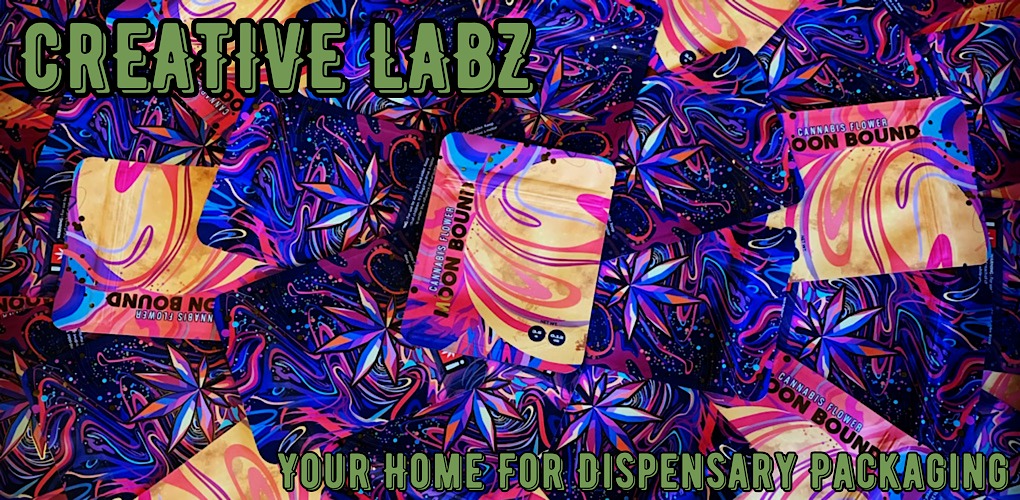In today’s competitive e-commerce world, selling on Amazon has become one of the most effective ways for businesses to reach a massive audience. While private label and retail arbitrage are popular strategies, one of the most sustainable and scalable methods is Amazon wholesale. For sellers looking to establish long-term success, understanding how wholesale works on Amazon can be the key to building a profitable business. This guide breaks down everything you need to know about selling wholesale on Amazon, from finding suppliers to maximizing profits.
What is Amazon Wholesale?
Amazon wholesale is the business model where sellers purchase branded products in bulk directly from manufacturers or authorized distributors at discounted prices, and then resell them on Amazon for a profit. Unlike private labeling, wholesale doesn’t require creating your own brand, which makes it faster and easier to scale. Instead, you leverage existing, proven brands that already have customer demand and recognition.
Why Choose Amazon Wholesale Over Other Models?
Lower Risk Compared to Private Label
Private label requires significant upfront investment in branding, packaging, and marketing. With Amazon wholesale, you sell products that already have a strong reputation, lowering your risk of slow-moving inventory.
Faster Entry into the Market
Since you are selling recognized brands, you don’t have to spend months building trust. The products already have reviews, loyal buyers, and proven demand.
Scalability and Consistency
Amazon wholesale allows you to replenish inventory quickly and consistently, ensuring your business can grow steadily without frequent product research and development.
Steps to Start Selling Wholesale on Amazon
Step 1: Set Up Your Amazon Business Account
To begin, you need an Amazon Seller Central professional account. This costs a monthly fee but gives you access to bulk listing tools, advertising, and advanced reporting.
Step 2: Research Profitable Wholesale Products
Product research is critical in Amazon wholesale. Look for products that have steady demand, strong brand recognition, and consistent sales volume. Tools like Keepa, Jungle Scout, and Helium 10 can help track historical data and price trends.
Step 3: Find Reliable Wholesale Suppliers
Building strong relationships with reputable suppliers is the backbone of Amazon wholesale success. You can source suppliers through:
- Authorized brand distributors
- Trade shows and expos
- Manufacturer websites
- Industry directories
Always verify that the supplier is legitimate and authorized to sell the brand you’re interested in.
Step 4: Negotiate Pricing and Terms
Wholesale pricing depends on your order volume. The more you buy, the bigger the discount. Don’t be afraid to negotiate terms such as minimum order quantities (MOQs), payment terms, and shipping costs.
Step 5: Get Brand Approval on Amazon
Some brands and categories are restricted on Amazon. You’ll need to apply for brand or category approval by submitting invoices from your supplier.
Step 6: List Your Products
Once approved, list your products under the existing Amazon listing. Since wholesale items are already branded, you won’t need to create a new listing unless one doesn’t exist.
Step 7: Fulfillment Strategy – FBA or FBM
Many Amazon wholesale sellers use Fulfillment by Amazon (FBA), which allows Amazon to handle storage, packaging, and shipping. This gives you access to Prime customers and boosts trust. Alternatively, you can choose Fulfillment by Merchant (FBM) if you want to control logistics.
Benefits of Amazon Wholesale for Sellers
Access to Established Brands
Wholesale lets you leverage the success of popular brands, making it easier to generate sales without heavy marketing.
Consistent Revenue Stream
Since wholesale products are replenishable, you can restock bestsellers and maintain steady monthly revenue.
Scalability Potential
As you build relationships with multiple suppliers, you can expand your product catalog quickly without having to reinvent your business model.
Common Challenges in Amazon Wholesale
Competition on Listings
Multiple sellers often compete on the same listing, leading to price wars. To avoid this, focus on products with limited sellers or negotiate exclusivity with suppliers.
Brand Restrictions
Many large brands restrict who can sell their products on Amazon. Overcoming this requires persistence, proper documentation, and sometimes long-term supplier relationships.
Upfront Capital
Wholesale typically requires buying in bulk, so you’ll need significant upfront investment compared to retail arbitrage.
Tips for Succeeding in Amazon Wholesale
Build Strong Supplier Relationships
Suppliers are more likely to offer better pricing, priority access to inventory, and favorable terms if you build trust and communicate regularly.
Focus on Replenishable Products
Choose products that consistently sell throughout the year instead of seasonal items. This ensures long-term revenue stability.
Use Data-Driven Decisions
Track sales rank, competition, and pricing trends before committing to large orders. Data ensures you minimize risk.
Monitor Inventory Levels
Running out of stock can hurt your ranking and sales velocity. Use inventory management tools to stay ahead of demand.
Stay Compliant with Amazon Policies
Violating Amazon’s policies can lead to account suspension. Always use authorized suppliers, provide invoices when required, and avoid counterfeit products.
Scaling Your Amazon Wholesale Business
Expand Product Lines Gradually
Instead of trying to sell dozens of products at once, start small with a few proven items and scale gradually.
Automate Business Processes
Use software tools to automate repricing, inventory tracking, and order management. This saves time and reduces errors.
Reinvest Profits
Instead of pulling profits too early, reinvest into higher-volume orders and new product lines to accelerate growth.
Explore Exclusive Partnerships
Aim to secure exclusive agreements with suppliers or brands. This limits competition and boosts profitability.
Amazon Wholesale vs. Other Selling Models
Amazon Wholesale vs. Private Label
Private label offers higher profit margins but requires branding, marketing, and more risk. Wholesale is lower risk but usually comes with smaller margins.
Amazon Wholesale vs. Retail Arbitrage
Retail arbitrage involves buying discounted retail products and reselling them. While cheaper to start, it’s not scalable. Wholesale is more sustainable for long-term business.
Is Amazon Wholesale Right for You?
Amazon wholesale is ideal for sellers who want a scalable, lower-risk business model that doesn’t rely heavily on branding or marketing. If you have the capital to invest in bulk purchases and are willing to build supplier relationships, wholesale can be a profitable path to long-term success.
Final Thoughts
Selling wholesale on Amazon is one of the most reliable ways to grow an e-commerce business. By sourcing directly from trusted suppliers and leveraging established brands, sellers can build a scalable, consistent revenue stream. Success in Amazon wholesale comes from research, supplier relationships, and compliance with Amazon policies. For those ready to invest time and capital, wholesale can be a powerful model to achieve long-term growth. At VAngel Distribution, we understand the challenges sellers face, and our expertise in wholesale distribution can help power your journey toward success.










Leave a Reply